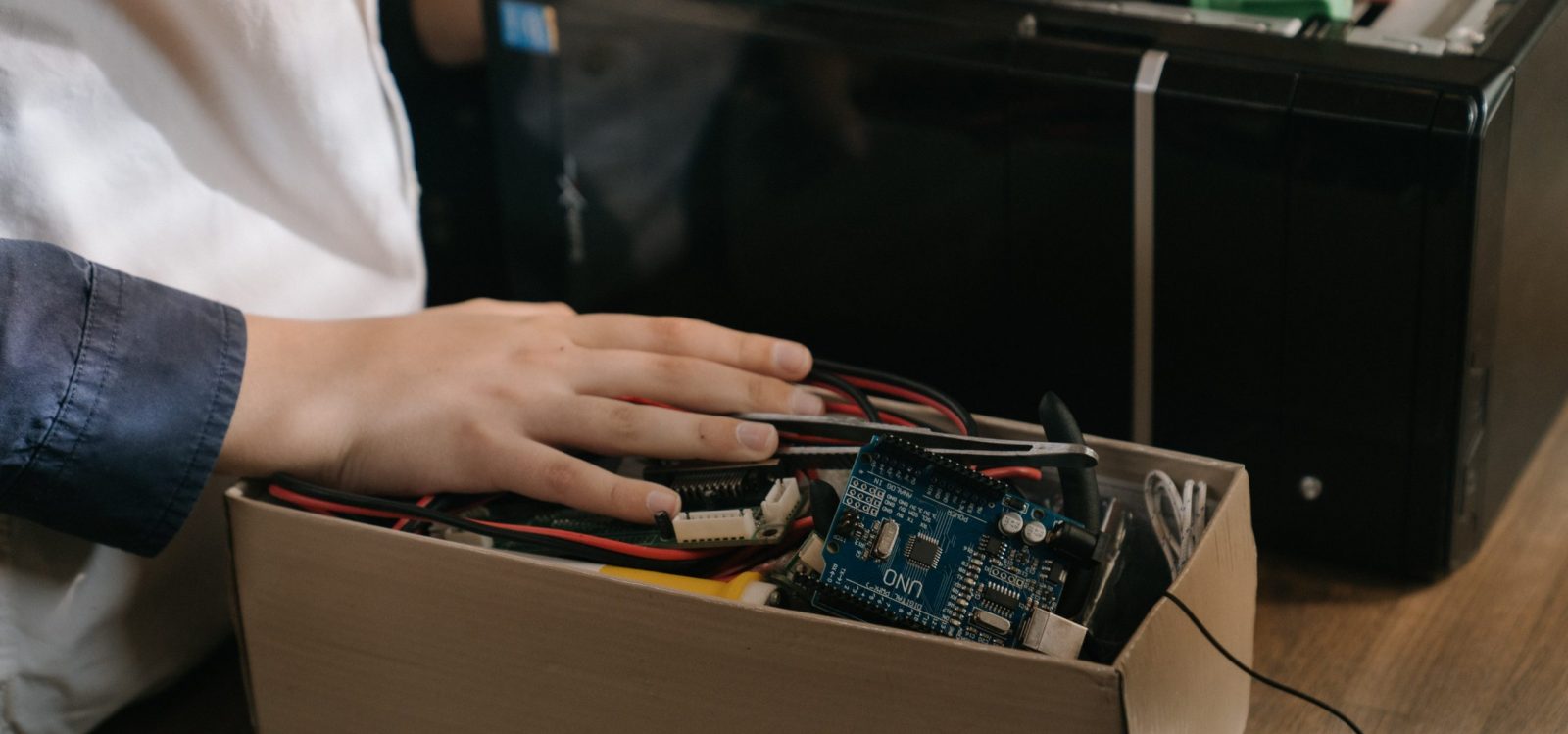
The newest shared timely-evolving and you will slow-evolving family genes certainly animals
These types of findings advise that discover a keen inverse relationships between gene evolutionary pricing and you can gene phrase account inside mammals, that’s the same as a previous results advertised toward yeast genome [53, 54]
Our study focused on general expression profiles based on EST data from 18 human tissues (Figure 4). The expression levels of slow-evolving genes appeared to be significantly higher than those of fast-evolving genes (P-value < 2.2e-16, Wilcoxon rank sum test). We also observed that the expression levels of intermediately-evolving genes were significantly higher than those of fast-evolving genes in most species, except for orangutan and macaque. In addition, we found that the mean of gene expressions was always greater than the median, suggesting that most genes are expressed at very low levels and only a small fraction of genes are expressed at high levels . House-keeping [55, 56], highly-expressed, and old genes [57, 58] all tend to evolve slowly , and these genes are functionally well-connected and resistant to sequence changes (negative selected). Tissue-specific [55, 56], lowly-expressed, and new genes [57, 58] tend to evolve quickly; they are often selection-relaxed and evolving toward ple, certain immune-related genes always evolve faster to cope with new or multiple pathogen attacks.
Phrase accounts was in fact calibrated once the amount of transcripts for each and every mil (TPM)
Term height correlations and you will evolvability. S, Yards, and you may F represent sluggish-changing, intermediately-developing, and prompt-developing genetics, correspondingly. Outliers was indeed got rid of to really make the plots of land quick.
To learn the functional benefits popular on the quick-developing otherwise slow-changing family genes one of some other subgroups off animals, we categorized new mutual genetics throughout the lineages away from primates, highest animals, and you may rats or rodents. There had been 185, 609, and you will 695, milfaholic inloggen fast-changing genes during the primates, highest mammals, and you can rodents, respectively, and you will 355, 600, and you can 730 slow-growing family genes. not, we just found fifteen punctual-changing and you may 72 slow-changing genes that have been mutual by the all the nine species. Which influence means that punctual-evolving and you can sluggish-growing genetics tend to be clade-, lineage- otherwise kinds-specific. However, a restricted amounts of shared family genes might still produce an excellent large number out of common qualities (Table 1).
While we only have opposed human family genes (since a resource) which have that from most other mammals, in place of carrying out pairwise comparisons, the findings can still be without difficulty offered so you can a larger range of mammals, if not most other vertebrates. So you’re able to validate our very own analyses, i picked one or two user proteins, ISG20 and you may RAB30 (centered on orthologs from 20 and you can twenty-two mammals, respectively) regarding 87 mutual timely-/slow-evolving genetics inside the 9 kinds to show the quantities of variation and preservation (Profile 5). New punctual-evolving ISG20 (ranked twenty-five, 71, 94, 69, 95, 128, 321, 58, 82, 280 and you may 423 into the chimpanzee, orangutan, macaque, pony, canine, cow, guinea pig, mouse, rat, opossum and you may platypus, respectively) and the slow-developing RAB30 (ranked step 1, 418, 334, 117, 105, 127, forty eight, 44, 33, 132 and you can 446, respectively in chimpanzee, orangutan, macaque, horse, puppy, cow, guinea-pig, mouse, rodent, opossum and you can platypus, respectively) can be of course seen from the standard of variability . These circumstances studies promote a great footnote you to definitely aids this new accuracy your strategy.
Three-dimensional preservation leveling off ISG20 (A) and you will RAB30 (B). A few step 3-D central source structures of ISG20 and you can RAB30 was indeed recovered out of PDB password 1WLJ and you can 2EW1, correspondingly. (A) Brand new putative conservation leveling try according to research by the positioning away from twenty mammalian healthy protein sequences out of: Person (Homo sapiens), Chimpanzee (Pan troglodytes), Orangutan (Pongo pygmaeus), Gorilla (Gorilla gorilla), Macaque (Macaca mulatta), Cow (Bos taurus), Canine (Canis familiaris), Pony (Equus caballus), Cat (Felis catus), Guinea pig (Cavia porcellus), Mouse (Mus musculus), Rat (Rattus norvegicus), Megabat (Pteropus vampyrus), Microbat (Myotis lucifugus), Pika (Ochotona princeps), Hyrax (Procavia capensis), Forest Shrew (Tupaia belangeri), Dolphin (Tursiops truncatus), Opossum (Monodelphis domestica), Platypus (Ornithorhynchus anatinus). (B) Such preservation levels was in line with the lined up twenty-a few mammalian protein sequences out-of Peoples (Homo sapiens), Cow (Bos taurus), Puppy (Canis familiaris), Guinea-pig (Cavia porcellus), Pony (Equus caballus), Pet (Felis catus), Elephant (Loxodonta africana), Macaque (Macaca mulatta), Mouse Lemur (Microcebus murinus), Opossum (Monodelphis domestica), Mouse (Mus musculus), Microbat (Myotis lucifugus), Pika (Ochotona princeps), Platypus (Ornithorhynchus anatinus), Bunny (Oryctolagus cuniculus), Chimpanzee (Bowl troglodytes), Orangutan (Pongo pygmaeus), Hyrax (Procavia capensis), Megabat (Pteropus vampyrus), Rat (Rattus norvegicus), Forest shrew (Tupaia belangeri), Dolphin (Tursiops truncatus). The color taverns on the remaining to the right level changes from variable to help you protected deposits. Preservation leveling into the reddish means the new deposits whoever conservation values was in fact perhaps not supported with plenty of studies.